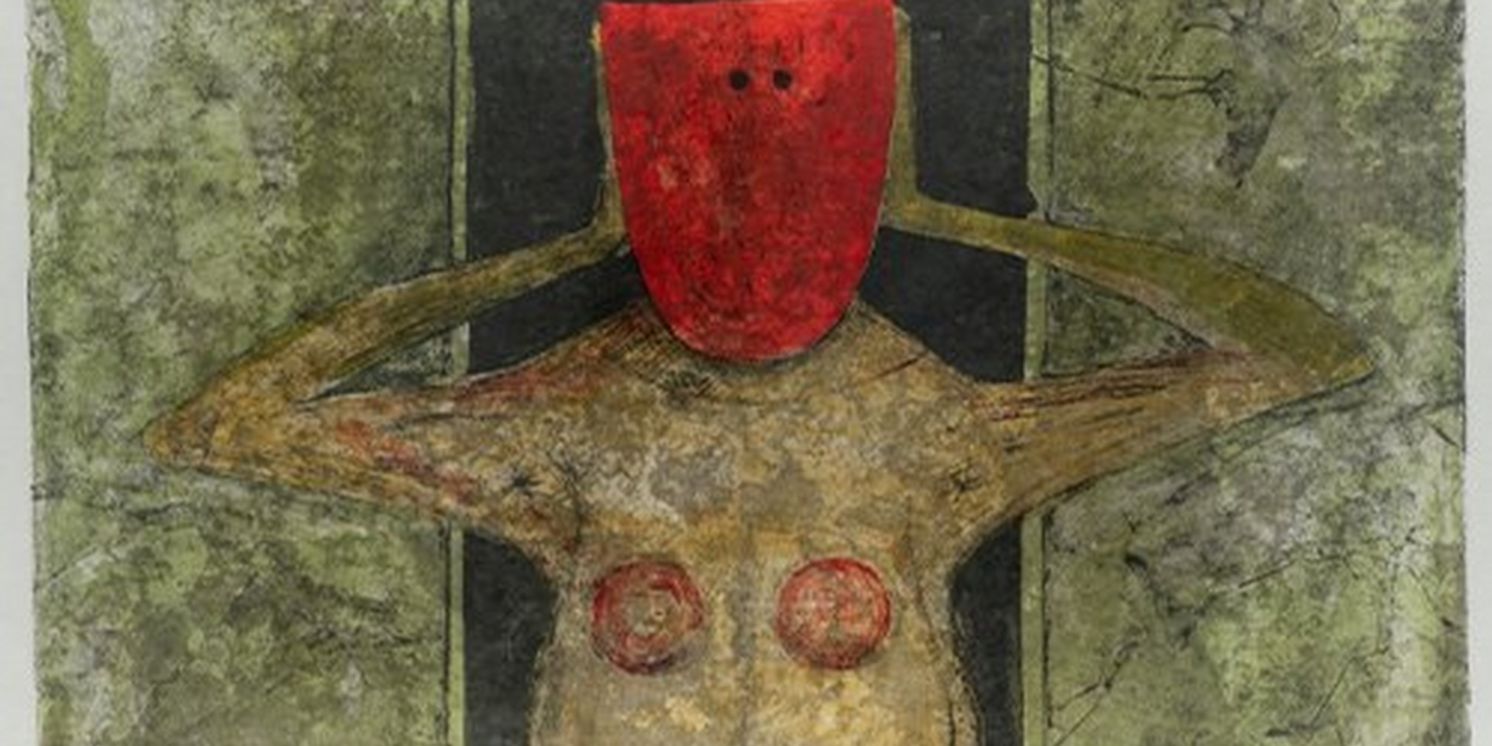'Brains and Beauty: At the Intersection of Art and Neuroscience' Opens This Summer at SMoCA
The exhibit will open on August 17.

"Brains and Beauty: At the Intersection of Art and Neuroscience," a new exhibition exploring neuroaesthetics, will open Saturday, Aug. 17. at Scottsdale Museum of Contemporary Art (SMoCA).
Neuroaesthetics is an emerging field that bridges neuroscience, psychology and the arts to investigate the science of aesthetic experience. It seeks to understand the complex relationship between the brain structure and functions, as well as our experience and interpretation of beauty and art. Laura Ransom Hales, curator of learning and innovation at SMoCA's parent organization, Scottsdale Arts, curated the exhibition.
“I’ve always been interested in the psychological aspects of art and how artists seem to have a sixth sense for creating work that they know people are going to respond to in a certain way with a certain emotion,” Hales said. "It is fascinating that we now have scientific data that shows that these instincts align with science.”
For this exhibition, Hales collaborated with Dr. Anjan Chatterjee, director of the Penn Center for Neuroaesthetics. Hales met Chatterjee in 2020 after being introduced by the International Arts + Mind Lab at Johns Hopkins. He agreed to collaborate with Hales, and they have been meeting online almost every month since the spring of 2022.
“Each month, I showed my progress in the exhibition planning and asked for feedback about the science content and the art selection,” Hales said. “I wanted to make sure that the exhibition closely reflected the current research in neuroaestheics. I did a tremendous amount of reading on this topic, so that, combined with the valuable monthly feedback from Dr. Chatterjee, kept the exhibition content accurate.”
“Brains and Beauty” features a wide range of multimedia artworks, mixing not only neuroaesthetics and art but also technology and art. Works are from the SMoCA collection, with important loans from the Art Bridges Foundation and the Carl & Marilynn Thoma Foundation. From video projections and generative software animations to lithographs and acrylic paintings, this exhibition will have artwork for everyone. Hales is most excited for the public to see “Machine Hallucinations, Study I” by Refik Anadol.
“Anadol is an artist that explores aesthetics through data,” Hales said. “In this work, he pools from the collective data that is online. The architectural structures aren't real — they are put together by bits of data from photos people have saved of various buildings.”
Chatterjee said the exhibition will illustrate how a person’s brain responds to art by displaying a carefully curated set of images.
“To my knowledge, there is no precedence for such an exhibition,” Chatterjee said. “It uses art to illustrate brain processes and that information about how the brain processes art is used to guide viewers looking at the very same art. Art is deployed as an educational tool and then used to demonstrate how that education can enrich the viewer’s experience.”
The same artwork will have a different effect on each person. When art is viewed, it is processed through a framework neuroscientists call the aesthetic triad. This triad refers to the interaction between sensory-motor, emotion-valuation and knowledge-meaning neural systems. Vivid colors in a painting, for example, activate parts of our visual cortex that process color.
“The public should take away the fact that we are in the midst of a convergence of cultures of art and science,” Chatterjee said. “Art can probe fundamental aspects of human cognition and emotions, and neuroscience can uncover the fundamental nature of aesthetic experiences and ways in which art contributes to our wellbeing.”
Additional events for this exhibition will be announced at a later date.
SMoCA — named “Best Art Museum” by the Phoenix New Times in the 2023 Best of Phoenix awards — is located at 7374 E. Second St., Scottsdale, Arizona 85251. It is open Wednesdays, Fridays, Saturdays and Sundays, 11 a.m. to 5 p.m., and on Thursdays, 11 a.m. to 7 p.m. Visit SMoCA.org for information.
Admission is $10–$12 for non-members; $7–$9 for students, seniors (65+) and veterans; and free for Scottsdale Arts ONE Members, healthcare workers, first responders, and patrons 18 and younger. Admission to the museum is pay-what-you-wish every Thursday and every second Saturday of the month. Timed-entry tickets are required. Save time and money by booking online at SMoCA.org.
Videos

